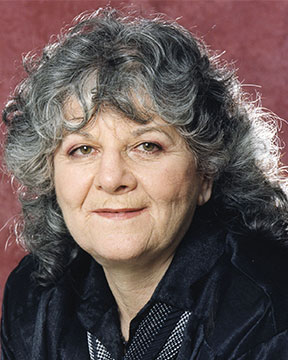



















 |
Omar GómezIPNSynthesis, Molecular Docking, And Antimycotic Evaluation Of Some 3-acyl Imidazo[1,2-a]pyrimidines 4th Intl. Symp. on New and Advanced Materials and Technologies for Energy, Environment and Sustainable Development Back to Plenary Lectures » |
Abstract:A series of new drugs derived from 3-acyl imidazo[1,2-a]pyrimidines, obtained from Nheteroarylformamidines in good yields, was tested in silico and in vitro for binding and inhibition of seven Candida species [Candida albicans (ATCC 10231), Candida dubliniensis (CD36), Candida glabrata (CBS138), Candida guilliermondii (ATCC 6260), Candida kefyr, Candida krusei (ATCC 6358) and Candida. tropicalis (MYA-3404)] as well as on six cancer cell lines U251 (human glioblastoma), PC-3 (human prostatic adenocarcinoma), K-562 (human chronic myelogenous leukemia), HCT-15 (human colorectal adenocarcinoma), MCF-7 (human mammary adenocarcinoma), and SKLU-1 (human lung adenocarcinoma), and FGH (human gingival fibroblast). Each compound was docked in the active site of the lanosterol 14a-demethylase enzyme (CYP51) essential for fungal growth of each Candida species, thus predicting its binding mode and energy. Additionally, we carried out the docking molecule on the active site of Topoisomerase I enzyme. Antimycotic activity was evaluated as the 50% minimum inhibitory concentration (MIC50) for the test compounds and two reference drugs, ketoconazole and fluconazole. All test compounds had better binding energy (range: -6.11 to -9.43 kcal/mol) than that found for the reference drugs (range: 48.93 to -6.16 kcal/mol). In general, the test compounds showed greater inhibitory activity of yeast growth than the reference drugs. Some compounds were most active, indicating an important role for the different ectron-withdrawing substituents in biological activity. On the other hand, all compounds show IC50 better than observed for the reference drug topotecan. These findings suggest that the 3-benzoyl imidazo[1,2-a]pyrimidine derivatives, herein synthesized by a sustainable and accessible methodology, are potential antifungal and anticancer drugs. |
|